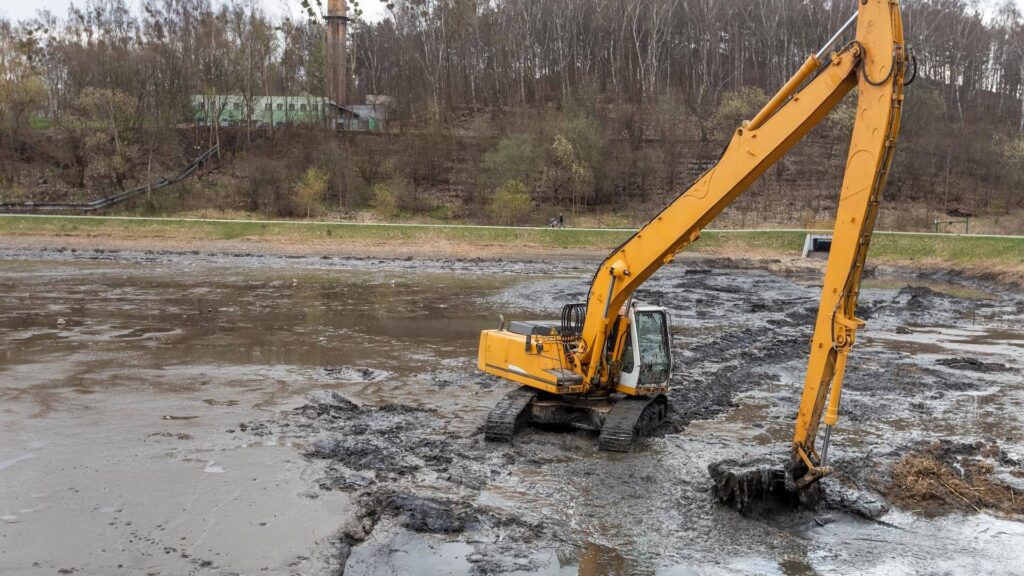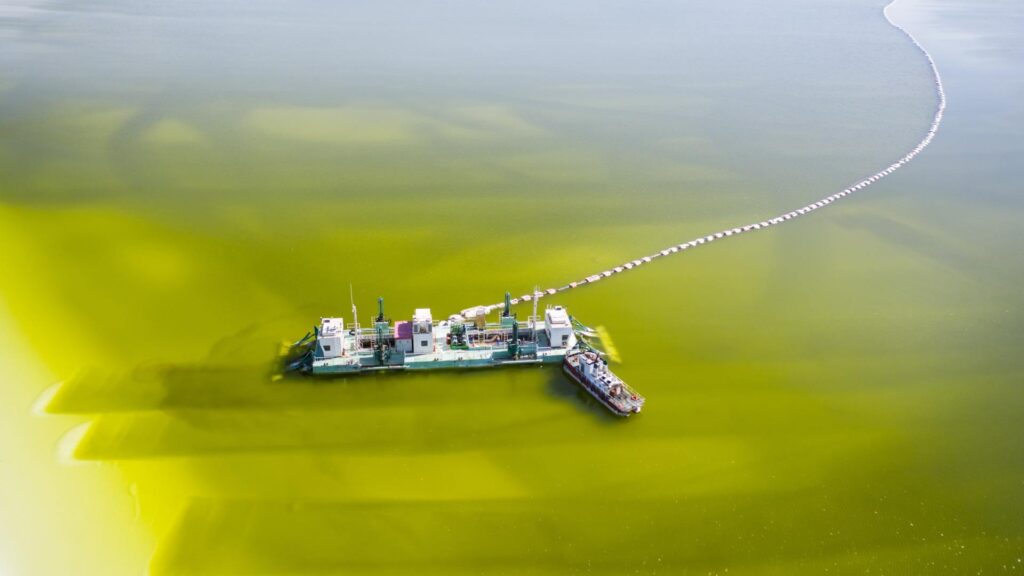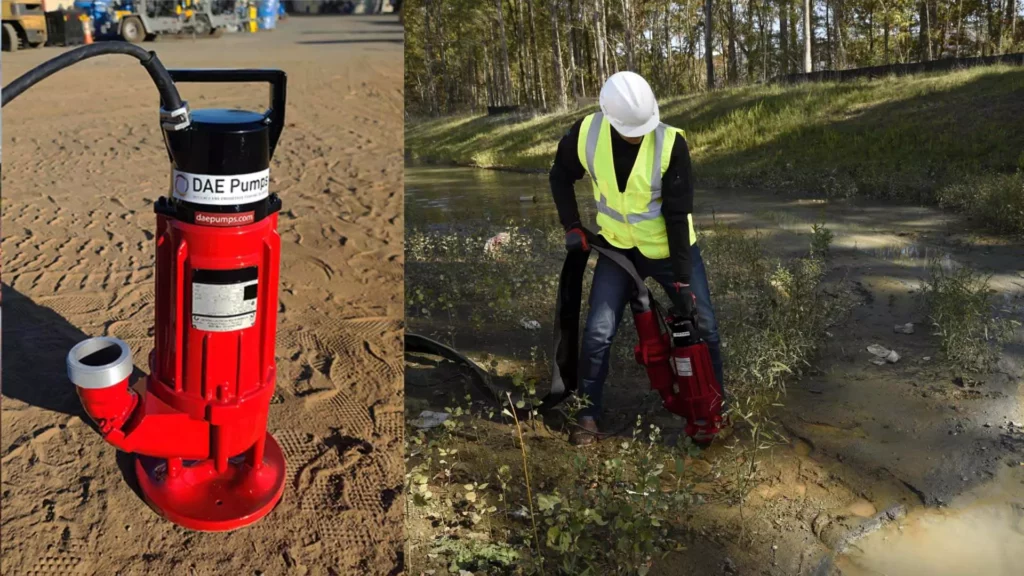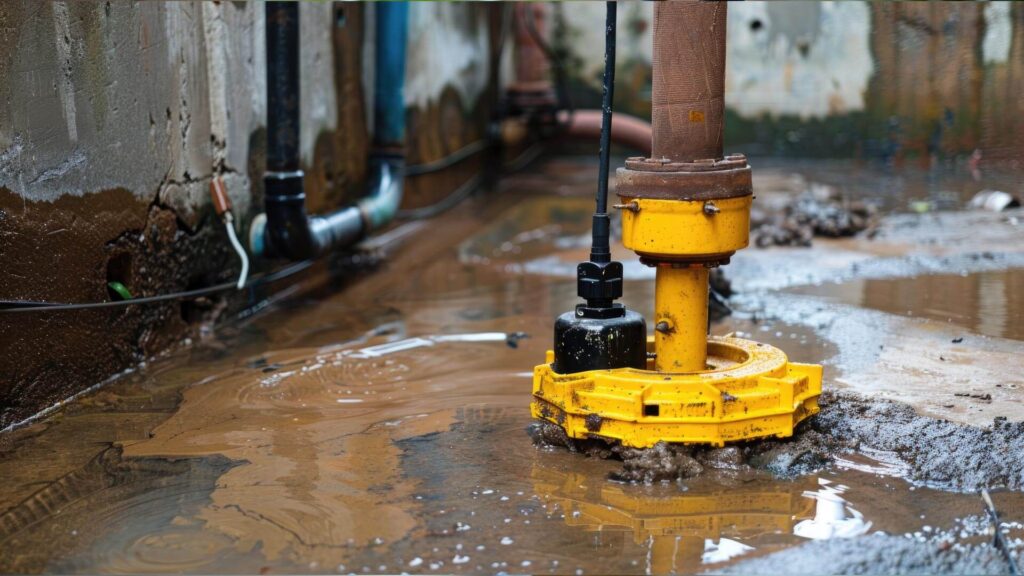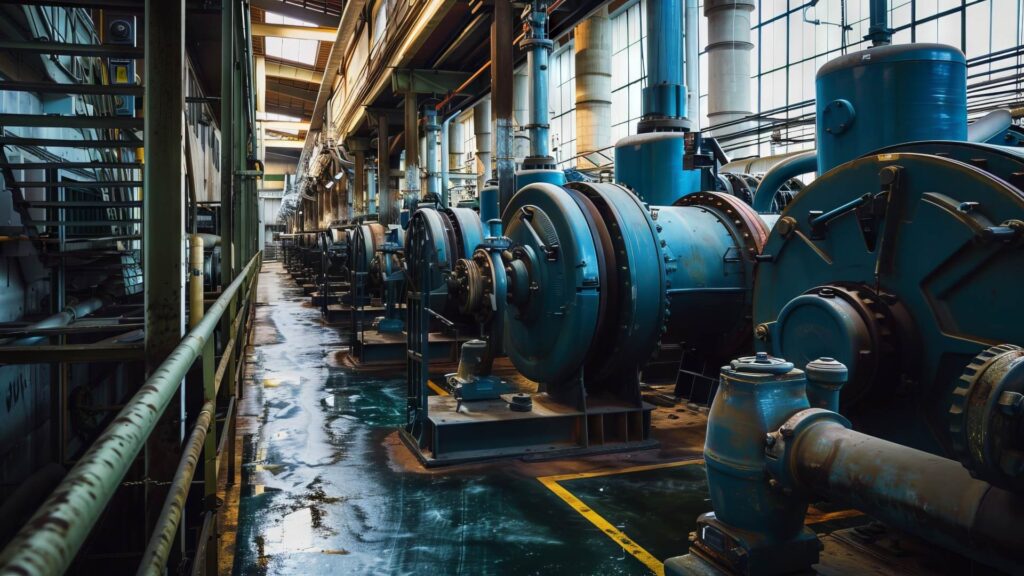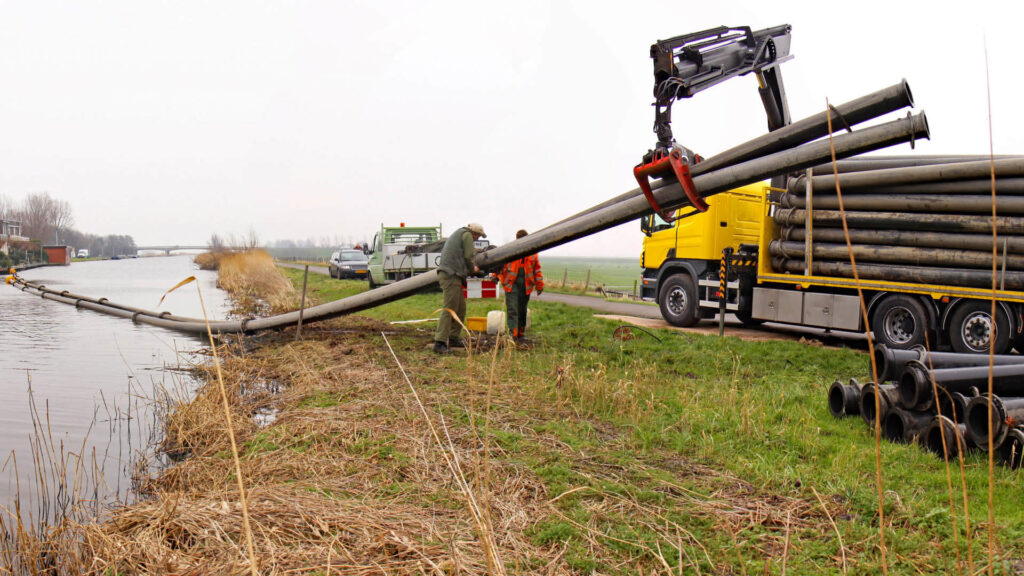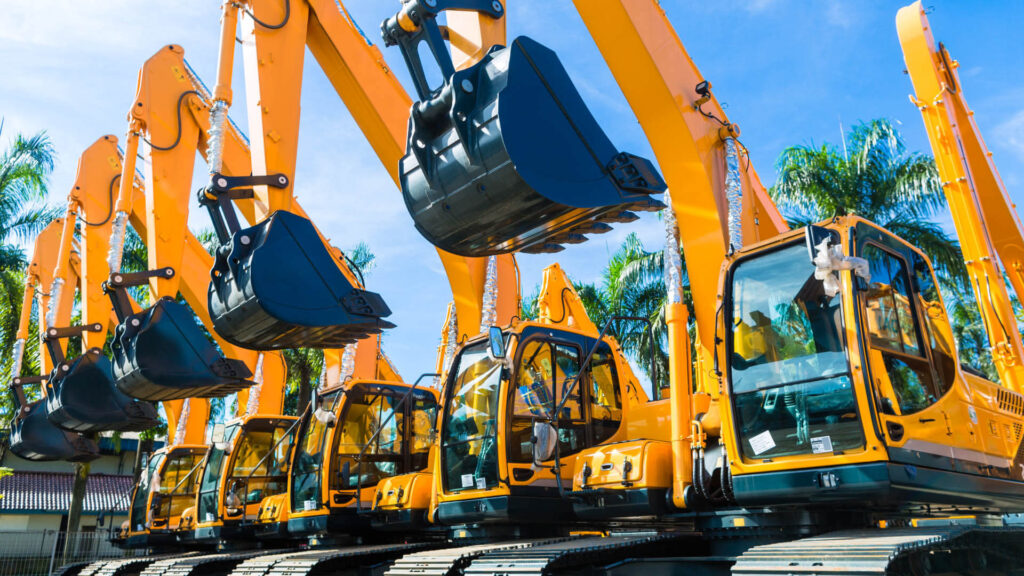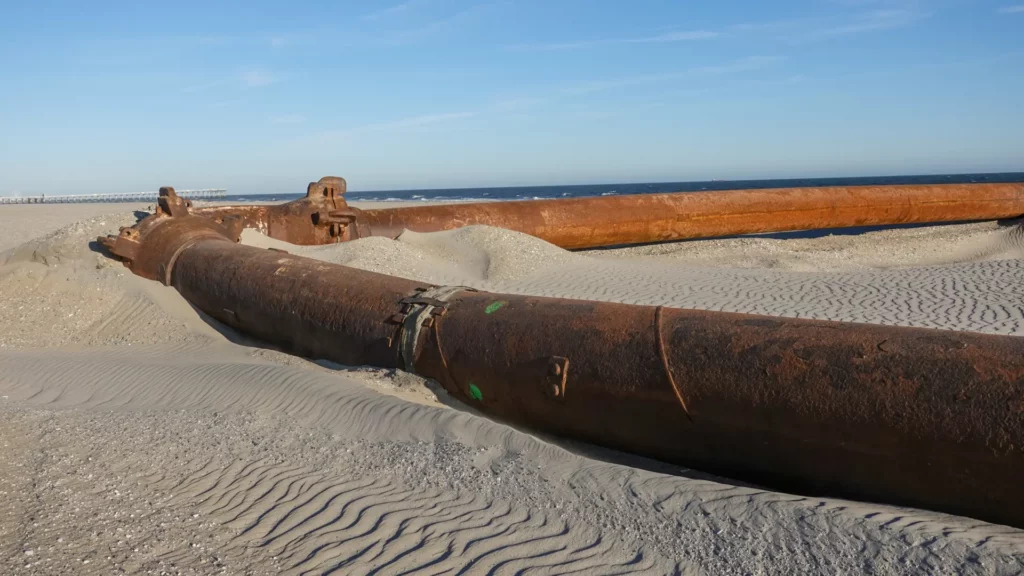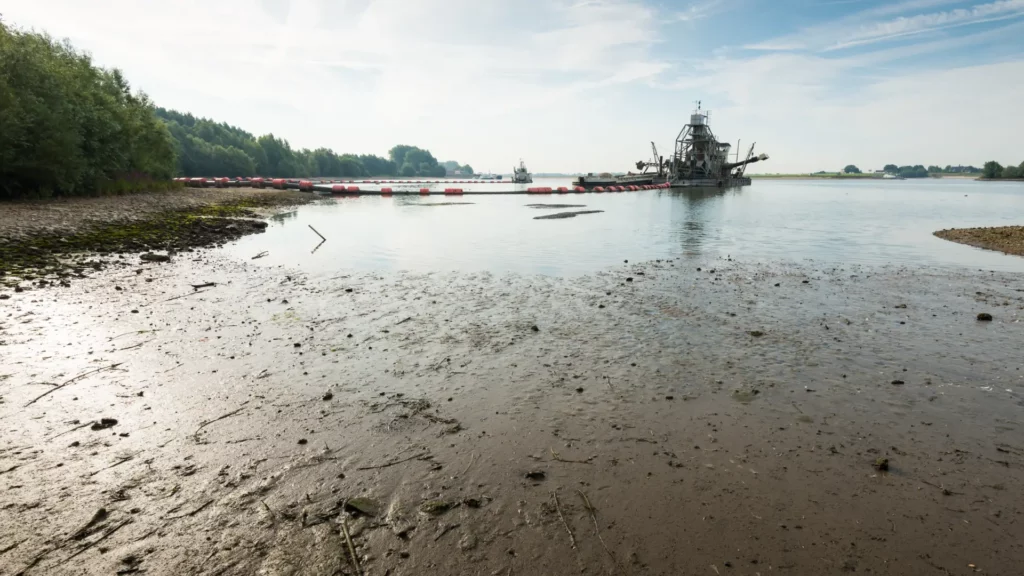Environmental Remediation: Key Strategies for Restoring Contaminated Sites
Environmental remediation is the process of cleaning up and restoring contaminated sites to eliminate or reduce environmental hazards. It addresses pollution caused by industrial activities, chemical spills, waste disposal, and other human actions that negatively impact soil, water, and air quality. Contaminated sites not only pose risks to ecosystems but also threaten public health, making environmental remediation a critical practice in modern environmental management. The need for environmental remediation arises from the long-term consequences of pollution, such as groundwater contamination, soil degradation, and harmful emissions. Without intervention, these issues can escalate, causing irreversible damage to natural resources and disrupting local communities. Environmental remediation services play a vital role in identifying, assessing, and implementing solutions to address these challenges effectively. These services encompass a range of techniques, including soil washing, water treatment, and air purification, tailored to the specific needs of each site. In large-scale projects, environmental remediation companies bring expertise, advanced technology, and compliance with regulatory standards. Their involvement ensures that remediation efforts are not only effective but also sustainable, protecting ecosystems and communities for future generations. Environmental remediation services and companies are at the forefront of restoring balance to contaminated environments, safeguarding both nature and human health by combining innovative methods and professional expertise. Understanding Environmental Remediation Environmental remediation is the process of removing or neutralizing pollutants from contaminated environments, such as soil, water, and air, to restore ecological balance and ensure public safety. Its scope extends from small-scale site cleanups to extensive, multi-phase projects aimed at addressing widespread contamination caused by industrial activities, waste disposal, or accidental spills. Hazardous chemicals, heavy metals, petroleum products, and organic waste are key contaminants found at polluted sites. Industrial waste from factories, chemical spills from storage or transportation accidents, and oil leaks from pipelines or drilling operations are among the most common sources of contamination. These pollutants can seep into groundwater, degrade soil quality, and release toxic substances into the air, posing significant health and environmental risks. Environmental remediation services are designed to mitigate these risks by employing a range of strategies and technologies tailored to specific contaminants and site conditions. For instance, techniques like bioremediation use microorganisms to break down pollutants, while chemical treatments neutralize hazardous substances in soil and water. Additionally, advanced technologies such as vapor extraction systems remove airborne contaminants to improve air quality. Environmental remediation companies play a vital role in these efforts, offering expertise, resources, and compliance with regulatory requirements. Their ability to assess, design, and execute complex remediation projects ensures effective solutions for diverse environmental challenges. By partnering with environmental remediation companies, industries and governments can implement large-scale cleanups to restore degraded areas. These companies also provide specialized services for industries like oil and gas, ensuring contaminated sites are restored sustainably. Environmental remediation services and companies help protect ecosystems, promote public health, and support sustainable development in affected areas by addressing contamination at its source. These efforts are essential for creating safer and healthier environments for current and future generations. Common Contaminants and Their Impact Contaminated sites pose significant risks to both human health and the environment, often resulting from pollutants in soil, water, and air. Common types of contamination include hazardous chemicals, heavy metals, petroleum products, pesticides, and industrial byproducts. These contaminants are introduced through activities such as improper waste disposal, chemical spills, mining, and manufacturing processes. Soil contamination can reduce agricultural productivity and harm ecosystems by introducing toxins that affect plants and animals. Pollutants in water, such as industrial effluents, oil spills, or leaching chemicals, compromise drinking water supplies, aquatic habitats, and the health of nearby communities. Air pollution from volatile organic compounds (VOCs) and airborne particulates can trigger respiratory issues, contribute to climate change, and harm local ecosystems. The health impacts of contaminated sites range from respiratory diseases and neurological disorders to long-term risks like cancer. Ecologically, these contaminants disrupt food chains, degrade habitats, and threaten biodiversity. Environmental remediation services play a crucial role in addressing these risks. By employing advanced techniques and technologies, they mitigate the impact of pollutants and restore contaminated areas to safe conditions. Environmental remediation companies bring expertise and resources to identify contamination sources, assess their impact, and execute targeted solutions. These companies also ensure regulatory compliance, helping industries and governments address contamination responsibly. Through the efforts of environmental remediation companies and services, contaminated sites can be rehabilitated, protecting ecosystems and improving the quality of life for affected communities. Key Strategies in Environmental Remediation Environmental remediation encompasses a variety of strategies designed to address specific types of contamination in soil, water, and air. These approaches aim to mitigate environmental and health risks while restoring affected sites to safe and usable conditions. Soil RemediationSoil remediation involves techniques such as bioremediation, thermal desorption, and soil washing. Bioremediation uses microorganisms to break down hazardous pollutants into non-toxic substances, making it an eco-friendly option. Thermal desorption involves heating contaminated soil to vaporize and separate harmful chemicals. Soil washing, on the other hand, physically removes pollutants by washing soil with water or chemical solutions. These methods are widely used to rehabilitate agricultural land and industrial sites. Water RemediationWater remediation addresses contamination in groundwater and surface water. Techniques like air sparging inject air into contaminated water to volatilize harmful chemicals, while pump-and-treat systems extract polluted water for treatment. Chemical treatments involve adding agents to neutralize or break down toxic substances in water. These methods ensure safe drinking water and protect aquatic ecosystems. Air RemediationAir remediation tackles airborne pollutants through vapor extraction and carbon filtration. Vapor extraction captures and removes volatile organic compounds (VOCs) from the air, while carbon filtration traps harmful particles, improving air quality in industrial and residential areas. The Role of Environmental Remediation ServicesEnvironmental remediation services are vital in selecting and implementing the most suitable strategies for specific contaminants. These services, often provided by environmental remediation companies, leverage advanced technology and expertise to ensure effective and sustainable solutions tailored to each site’s unique challenges. This collaborative effort helps restore ecosystems and safeguard public health. Advanced Technologies in Environmental Remediation Technological advancements are
Environmental Remediation: Key Strategies for Restoring Contaminated Sites Read More »

